
The 102nd Infantry Division ("Ozark") was a unit of the United States Army in World War II. The unit is currently active as the 102nd Training Division (Maneuver Support).

The 1st Ranger Battalion, currently based at Hunter Army Airfield in Savannah, Georgia, United States, is the first of three ranger battalions belonging to the United States Army's 75th Ranger Regiment.

The 2nd Ranger Battalion, currently based at Joint Base Lewis–McChord south of Seattle, Washington, United States, is the second of three ranger battalions belonging to the United States Army's 75th Ranger Regiment.

The 325th Infantry Regiment is an infantry regiment of the 82nd Airborne Division. The regiment serves as the 82nd Airborne's light infantry parachute insertion fighting force of the United States Army, with a long and distinguished history, having taken part in World War I, World War II, the Vietnam War, the invasions of Grenada and Panama, as well as the Gulf and Iraq Wars. The subordinate units of the regiment constitute the bulk of the infantry elements assigned to the 2nd Infantry Brigade Combat Team, 82nd Airborne Division.
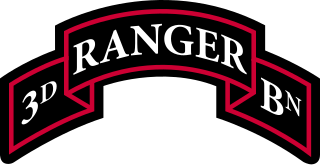
The 3rd Ranger Battalion is the third of three Ranger Battalions belonging to the United States Army's 75th Ranger Regiment. It is currently based at Fort Moore, Georgia.
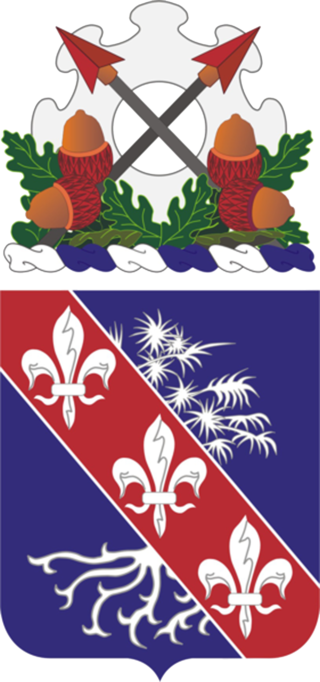
The 327th Infantry Regiment is an infantry regiment of the 101st Airborne Division of the United States Army. During World War II, the 327th was a glider-borne regiment of the 101st Airborne Division. It fought during World War I as part of the 82nd Division. It has also been deployed in the Vietnam War, Gulf War, and most recently to Iraq and Afghanistan. The song "Glider Rider" describes (humorously) some of the slights that glider-borne troops felt they received from the Army during World War II; though the regiment's public fame rose with the 1949 movie Battleground about the Siege of Bastogne in late 1944.

The 14th Infantry Regiment is a United States Army light infantry regiment. It has served in the American Civil War, Boxer Rebellion, World War II, Korean War, Vietnam War, Operation Restore Hope, Operation Uphold Democracy, Operation Joint Guard, Operation Desert Storm, Operation Enduring Freedom, Operation Gothic Serpent, Operation New Dawn, Operation Resolute Support,Operation Iraqi Freedom, and Operation Inherent Resolve. The 14th Infantry Regiment did not take part in combat during World War I. It has also conducted peacekeeping and humanitarian missions in the Sinai Peninsula, Guantánamo Bay in Cuba, Bosnia, and Kosovo.
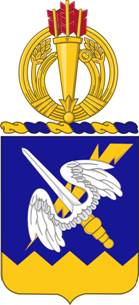
The 158th Aviation Regiment is an aviation regiment of the United States Army.

The 10th Special Forces Group (Airborne) (10th SFG (A), or 10th Group) is an active duty United States Army Special Forces (SF) Group. 10th Group is designed to deploy and execute nine doctrinal missions: unconventional warfare (UW), foreign internal defense (FID), direct action (DA), counterinsurgency, special reconnaissance, counterterrorism, information operations, counter-proliferation of weapon of mass destruction, and security force assistance. 10th Group is responsible for operations within the EUCOM area of responsibility, as part of Special Operations Command Europe (SOCEUR).

The 4th Psychological Operations Group (Airborne) or 4th POG(A) is one of the United States Army's active military information support operations units along with the 8th Psychological Operations Group (Airborne), which was activated 26 August 2011 at Fort Liberty. The 8th Group has responsibility for the 3rd and 9th Psychological Operations battalions while the 4th Group has responsibility for the 1st, 5th, 6th, 7th, and 8th battalions.

The 1st Special Forces Group (Airborne) (1st SFG) (A) is a unit of the U.S. Army Special Forces operating under the United States Pacific Command. It is designed to deploy and execute nine doctrinal missions throughout the Indo-Pacific Command area of operations: unconventional warfare, foreign internal defense, direct action, counter-insurgency, special reconnaissance, counter-terrorism, information operations, counterproliferation of weapon of mass destruction, and security force assistance.
The 75th Infantry Regiment (Ranger) (officially 75th Infantry Regiment or 75th Infantry) was initially a parent regiment for all the US Army Ranger units during the Vietnam War and the early 1980s and then the headquarters for the Ranger battalions.
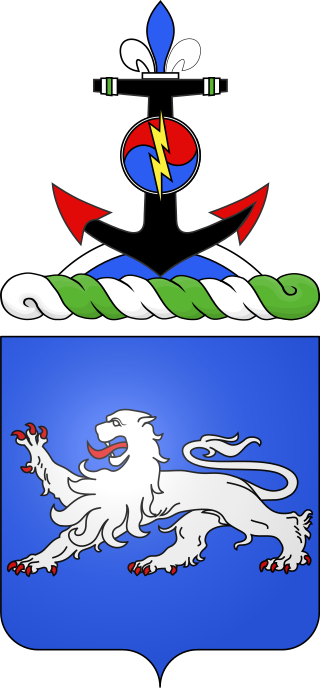
The 68th Armor Regiment is an armored regiment of the United States Army. It was first activated in 1933 in the Regular Army as the 68th Infantry Regiment.
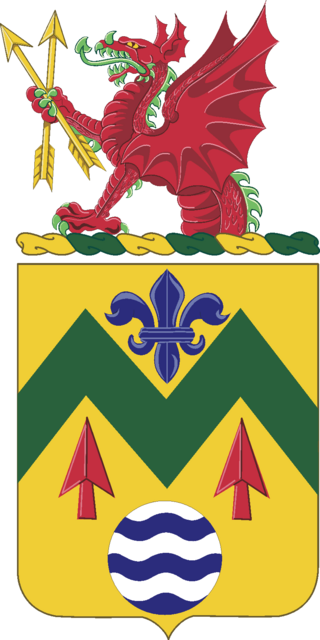
The 528th Support Battalion is a battalion of the United States Army. The 528th Support Battalion's mission is to provide rapidly deployable CSS and HSS to ARSOF as directed. The 528th Support Battalion's strengths lie in its capability to support ARSOF-unique and low-density weapons and vehicles. The 528th complements [organic] 22 ARSOF CSS, HSS, and signal units. The support battalion consists of a headquarters and main support company (HMSC), three forward support companies and may receive augmentation from Theater Army. As part of Army Special Operations Command the unit, along with the 112th Signal Battalion, is tasked to provide full logistical support to Army Special Operations Forces forming along with several other units what was known as Special Operations Support Command, later reorganized as the 528th Sustainment Brigade. Brigade Troops Battalion includes a wide variety of military occupation specialists: riggers, drivers, medics, mechanics, engineers, fuelers, cooks, etc.

The 19th Special Forces Group (Airborne) (19th SFG) (A) is one of two National Guard groups of the United States Army Special Forces. 19th Group—as it is sometimes called—is designed to deploy and execute nine doctrinal missions: unconventional warfare, foreign internal defense, direct action, counter-insurgency, special reconnaissance, counter-terrorism, information operations, counterproliferation of weapon of mass destruction, and security force assistance. Headquartered in Bluffdale, Utah, with detachments in Washington, West Virginia, Ohio, Rhode Island, Colorado, California and Texas, the 19th SFG(A) shares responsibility over Southwest Asia with the 5th Special Forces Group (Airborne), and the Pacific with the 1st Special Forces Group (Airborne). Company A, 2nd Battalion is one of several National Guard units with colonial roots.

The 34th Armor Regiment is an armored regiment of the United States Army formed in 1941.

The 2nd Air Defense Artillery Regiment is an air defense artillery regiment of the United States Army, first formed in 1821 as a field artillery unit.
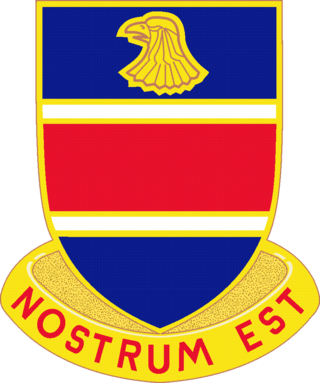
The 326th Engineer Battalion (Sapper Eagles) is one of three air assault engineer battalions in the United States Army. The 326th is part of the 1st Infantry Brigade Combat Team ("Bastogne")(♣), 101st Airborne Division and has been a part of the 101st since World War I.

The 326th Medical Battalion was a divisional support medical unit of the United States Army. It supported the 101st Airborne Division, located at Fort Campbell, Kentucky. Its lineage and honors are perpetuated by the 626th Support Battalion, 101st Airborne Division, Fort Campbell, Kentucky.
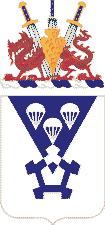
The 1st Battalion, 503rd Infantry Regiment is an active duty airborne infantry battalion in the United States Army, assigned to the 173rd Airborne Brigade Combat Team and stationed in Vicenza, Italy. The battalion has served with the 2nd Infantry Division, the 11th Airborne Division, the 24th Infantry Division, the 82nd Airborne Division, and the 173rd Airborne Brigade; has been stationed in Korea, Italy and the United States; and earned campaign credits in World War II, the Vietnam War, Operation Enduring Freedom-Afghanistan, and Operation Iraqi Freedom.





















